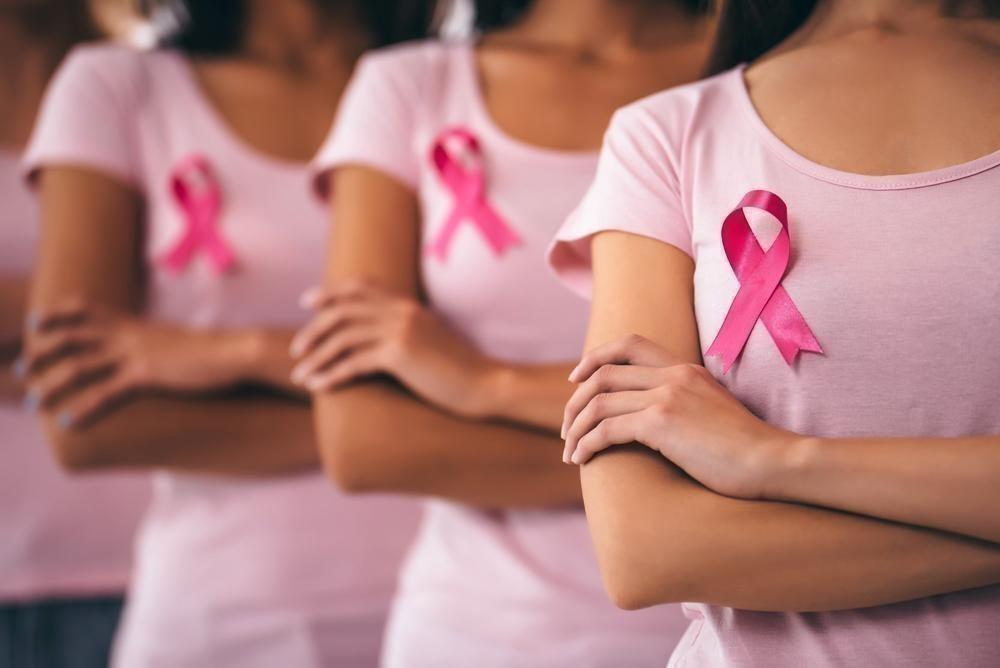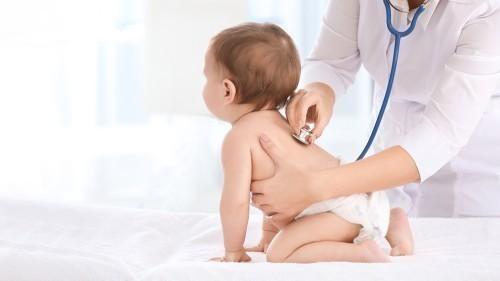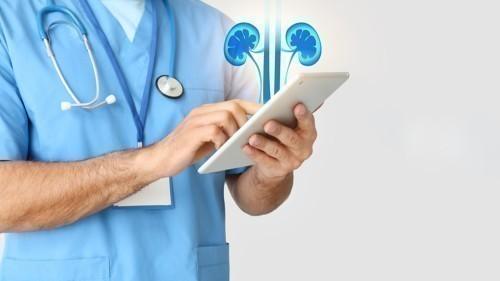
Breast Cancer Awareness Month is observed in October each year to raise awareness about the disease.
Today, join the cause to assist women in need.
Breast cancer cells typically form a tumor, which can be seen on X-rays or felt as a lump. Breast cancer affects almost exclusively women, although it can also affect men. It's critical to remember that the majority of breast lumps are benign and not cancerous (malignant). Breast tumors that aren't cancerous are abnormal growths that don't spread outside of the breast. Although benign breast lumps are not life-threatening, they can raise a woman's risk of developing breast cancer. Any lump or change in your breast should be evaluated by a healthcare specialist to see if it's benign or malignant (cancer) and if it'll alter your cancer risk in the future.
Where does Breast Cancer begin?
- Breast cancer can start in a variety of places in the breast.
- The ducts that deliver milk to the nipple are where most breast tumors start (ductal cancers)
- Some of them begin in the glands that produce breast milk (lobular cancers)
- Other kinds of breast cancer, such as phyllodes tumor and angiosarcoma, are less common.
- A small percentage of breast tumors begin in other tissues. Sarcomas and lymphomas are malignancies that aren't typically thought of as breast cancers.
What are the different types of Breast Cancer
- Angiosarcoma
- Ductal carcinoma in situ (DCIS)
- Inflammatory breast cancer
- Invasive lobular carcinoma
- Lobular carcinoma in situ (LCIS)
- Male breast cancer
- Paget's disease of the breast
- Recurrent breast cancer
Breast cancer comes in numerous forms, the most frequent of which are ductal carcinoma in situ (DCIS) and invasive carcinoma. Others, such as phyllodes tumors and angiosarcoma, are rare.
Breast cancer cells are examined for proteins termed estrogen receptors, progesterone receptors, and HER2 after a biopsy. In the lab, the tumor cells are also examined closely to determine the grade. Treatment options can be influenced by the specific proteins discovered and the tumor grade.
What causes breast cancer to spread?
When cancer cells enter the blood or lymph system and are transferred to other parts of the body, breast cancer can spread.
The lymph system is a network of lymph (or lymphatic) tubes that connect lymph nodes throughout the body (small bean-shaped collections of immune system cells).
Lymph is a transparent fluid that contains tissue by-products and waste material, as well as immune system cells, inside lymph vessels. Lymph fluid is carried away from the breast by lymph veins. Cancer cells can enter those lymph veins and begin to proliferate in lymph nodes in the case of breast cancer. The majority of the breast lymph veins flow into:
- Lymph nodes in the armpits (axillary nodes)
- Around the collarbone, there are lymph nodes (supraclavicular (above the collar bone) and infraclavicular (below the collar bone) lymph nodes)
- Near the breastbone, there are lymph nodes inside the chest (internal mammary lymph nodes)
If cancer cells have spread to your lymph nodes, there's a good probability they've gone through your lymph system and spread to other places of your body (metastasized). The more lymph nodes that contain breast cancer cells, the more probable the disease may spread to other organs. As a result, detecting cancer in one or more lymph nodes can have a significant impact on your treatment approach. To find out if the cancer has spread, you'll usually need surgery to remove one or more lymph nodes.
Despite this, not all women with cancer cells in their lymph nodes get metastases, and some women who do not have cancer cells in their lymph nodes develop metastases later.
Breast Self-Examination:
Breast self-examination, or routinely inspecting your breasts on your own, can be a valuable tool for detecting breast cancer early, when it is more likely to be effectively treated. While no single test will detect all breast cancers early, Breastcancer.org believes that breast self-examination along with other screening procedures can improve the chances of early diagnosis.
Please notify your doctor if you notice any of the following changes:
- Step 1: Stand in front of the mirror with your shoulders straight and your arms on your hips, looking at your breasts.
Here are some things to watch for:
- Breasts that are the same size, shape, and color as they were before.
- Breasts with a uniform shape and no obvious deformation or edema.
- Skin that is dimpling, puckering, or bulging
- An inverted nipple or a nipple that has changed position (pushed inward instead of sticking out)
- Swelling, redness, discomfort, or rash
- Step 2: Raise your arms and examine them for the same changes.
- Step 3: Examine your nipples in the mirror for any symptoms of fluid leaking from one or both of them (this could be a watery, milky, or yellow fluid or blood).
- Step 4: Then, while lying down, feel your breasts with your right hand on your left breast and your left hand on your right breast. Keep your fingers flat and together while applying a firm, smooth touch to the first few finger pads of your hand. Make a quarter-sized circular motion with your hands.
- Step 5: Finally, whether standing or sitting, feel your breasts. Many women like to conduct this step in the shower since it is easier to feel their breasts when their skin is moist and slick. Using the same hand movements as in step 4, cover your entire breast.
10 Breast Cancer Prevention Tips:
- Try not to put on weight.
- Eat Healthy well to keep the scale from tipping.
- Continue to be physically active.
- Consume very little or no alcohol.
- Keep away of hormone replacement therapy.
- Take an estrogen-blocking medication.
- Don't smoke
- If at all feasible, breastfeed your children for as long as possible.
- Take part in a research project.
- Get in shape while also contributing to breast cancer research.
Breast Cancer - Symptoms and Causes
The following are some of the signs and symptoms of breast cancer:
- A lump or enlargement in the breast that doesn't feel like the rest of the breast
- A breast's size, shape, or appearance changes.
- Dimpling, for example, is a change in the skin around the breast.
- A nipple that has recently inverted
- The pigmented region of skin surrounding the nipple (areola) or breast skin peels, scales, crusts, or flakes.
- The skin over your breasts is reddened or pitted, like the skin of an orange.


